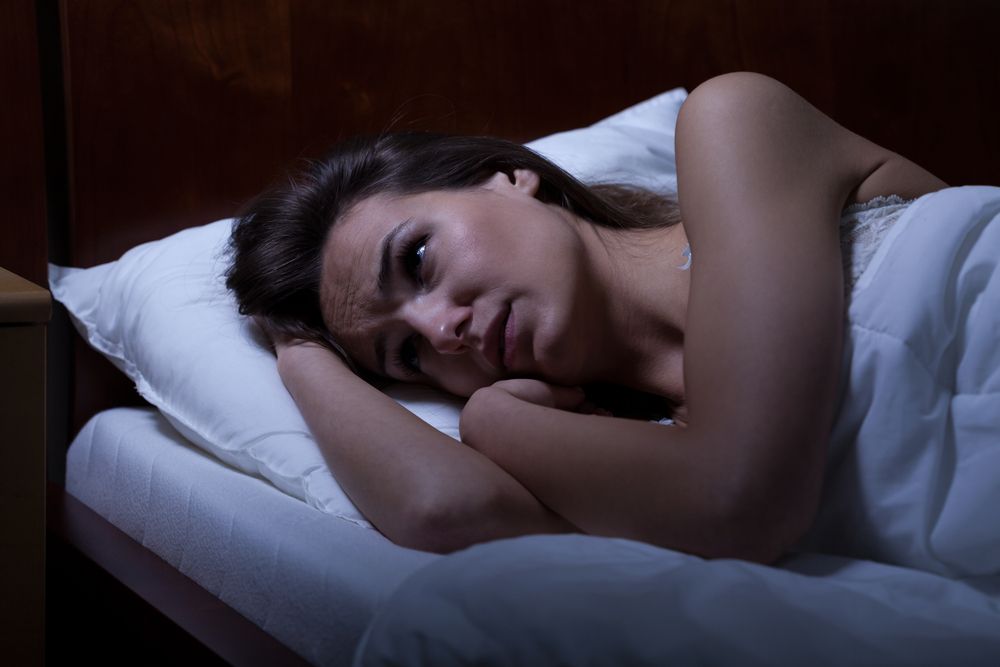Nocturnal Teeth Grinding Linked to Frequent Snoring

Bruxism, also known as teeth grinding and jaw clenching, during the night is associated significantly with frequent snoring in girls and women with Rett syndrome, an international database study shows.
The data also support the previously reported high prevalence of bruxism (reported in 66.2% of patients) in this patient population and highlighted a link between more severe disease-causing mutations and more frequent bruxism.
Given the potentially damaging effects of bruxism on dental health, these findings emphasize the need for increased awareness and management of this symptom, the researchers noted.
The study, “Oral parafunction and bruxism in Rett syndrome and associated factors: an observational study,” was published in the journal Oral Diseases.
Bruxism is one of the supporting diagnostic criteria for Rett syndrome, a condition most commonly caused by mutations in the MECP2 gene and mostly affecting females. While previous diagnostic criteria included both daytime and nocturnal bruxism, they were updated in 2010 to include daytime bruxism only.
Several studies have pointed out bruxism as the most frequently reported oral manifestation in Rett patients, affecting 80%–90.4% of cases with a genetically confirmed diagnosis.
Other common oral symptoms in girls and women with Rett include drooling and mouthing habits.
Previous data from the general population suggest a link between nocturnal bruxism and obstructive sleep apnea, a disorder in which breathing stops involuntarily during sleep and often is associated with snoring.
Notably, Rett patients may experience several types of sleep problems, such as insomnia, snoring, and obstructive sleep apnea.
However, whether other factors, such as type of MECP2 mutations, influence the severity of diurnal and/or nocturnal bruxism, and whether there is an association between snoring and nocturnal bruxism in this patient population remains unclear.
Now, researchers in Australia set out to explore patterns of bruxism and other oral symptoms, and its relationships with MECP2 mutations and snoring in Rett patients.
They retrospectively analyzed genetic and clinical data from 216 girls and women with Rett syndrome living in the U.S., Canada, and the U.K., included in the International Rett Syndrome Phenotype database (InterRett).
Families of these patients, who had a mean age of 20.5 years (range, 6 to 51), completed questionnaires such as the Rett Syndrome Behavior Questionnaire, designed to differentiate the characteristics of those with Rett from other severe intellectual disabilities.
Results showed that most (98.2%) families reported the presence of at least one oral symptom, with the most common being bruxism and drooling (66.2% each), followed by mouthing habits (50.5%).
Repetitive tongue movements (37.5%), repetitive movements involving fingers around the tongue (34.7%), dental trauma (25%), and bleeding gums (21.8%) also were reported.
Bruxism mostly occurred during both day and night (44.1%) and exclusively during the day (42.7%) — meaning that daytime bruxism was the most common (86.8%). Teeth grinding only at night was reported in 13.2% of cases.
Bruxism occurred “a few times a day” in 21.3% of the patients and “a few times a week” in 18.06%. Slightly fewer than half the families considered bruxism a problem (43.6%), and 17% reported the need for intervention, with most citing use of dental splints, chew toy or pacifier, crowns/dental surgery, anxiety medication, or magnesium supplements.
Notably, there appeared to be a strong association between MECP2 mutation severity and bruxism.
Patients carrying a more severe mutation with higher predicted severity of sleep-related disorders — called p.Arg168* — were significantly more likely to experience frequent bruxism than none or occasional bruxism, compared with those with a milder type of mutation called C-terminal deletion.
Those with a moderate mutation called Arg106Trp were significantly less likely to have reported bruxism, compared with patients carrying C-terminal deletions.
“This was somewhat surprising as C-terminal deletion is considered a milder [mutation] compared to Arg106Trp,” the researchers wrote.
Frequent snoring was found to be significantly associated with both constant nocturnal bruxism and any-time-of-day bruxism, with a stronger link observed with bruxism happening at night. This may explain previous findings highlighting that those who ground their teeth during the day or who always snored had undergone more dental restorations than those who did not.
In addition, 15 (31.9%) of 47 caregivers said they suspected a dental-related cause when their daughter showed signs of distress, with seven noting the existence of a known oral health problem.
Given that girls and women with Rett have difficulty in communicating pain, especially as their pain sensitivity is often lower-than-normal, identification of dental pain can be difficult.
“Therefore, a heightened awareness of indirect and non-verbal cues in relation to their oral health needs is paramount, and our findings have great significance for families who may travel many highways in order to sort basic issues for their daughter,” the team wrote.
These findings “are not only important to clinicians but also families in highlighting likely risk factors that may be associated with increased dental treatment need,” the scientists added.
More studies into “perceived efficacy of dental interventions may be useful for clinicians and families alike,” they concluded.
Notably, the present findings may be less applicable to children younger than 6, as there were no patients as young in this study, the investigators said.






